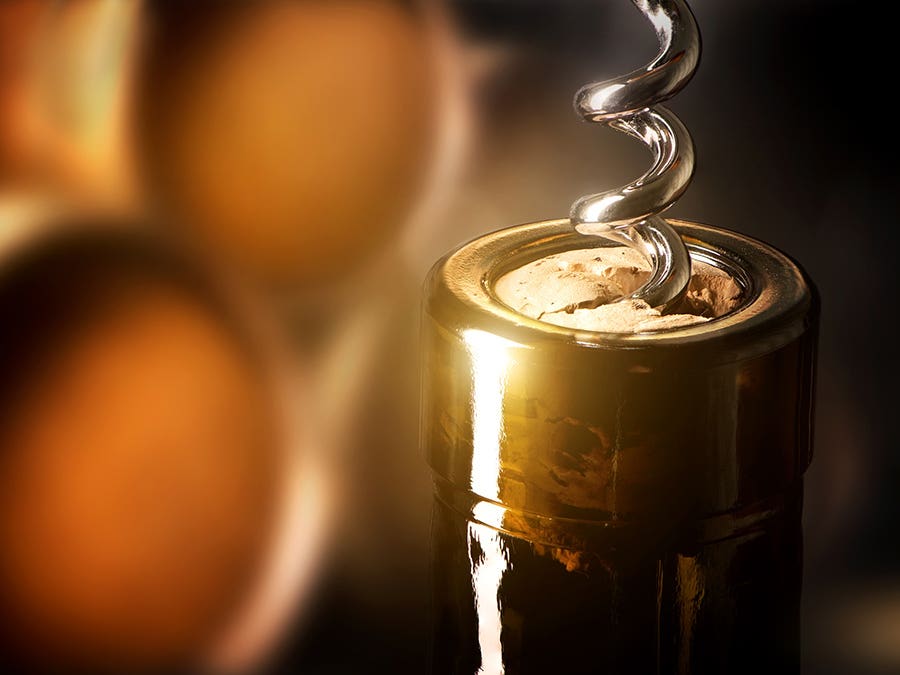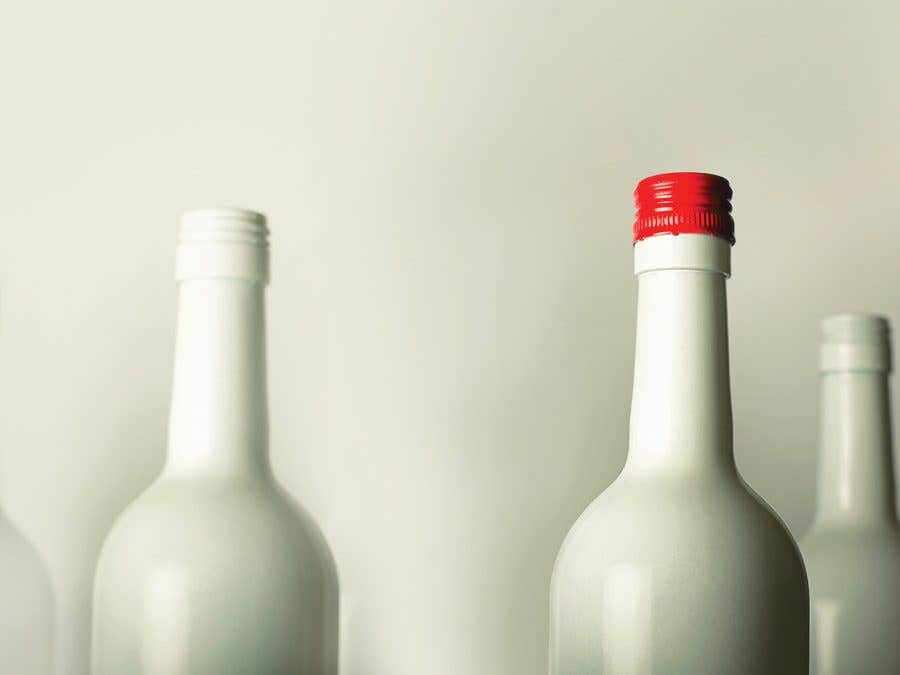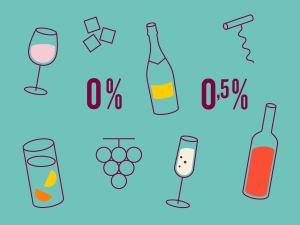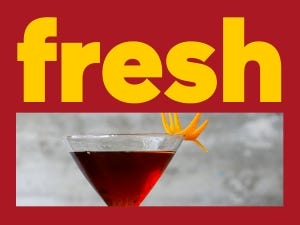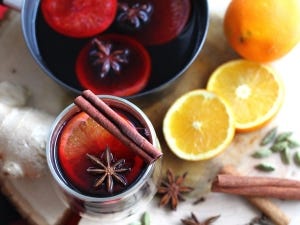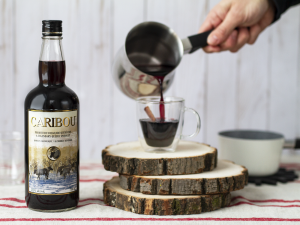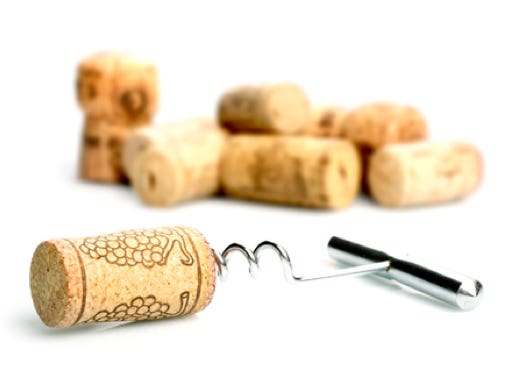

The most obvious difference between the two types of closures is most evident in their practical use: Screw caps can be opened by hand while corks need a corkscrew. If you are camping, for instance, being able to easily open a bottle of wine by hand is highly appreciated and super-practical. But beyond this obvious difference, the comparison becomes a little more involved.
One of the big advantages of a screw cap is that there is no risk of your wine becoming corked, thus ensuring consistent quality across an entire vintage.
But while natural cork stoppers are vulnerable to this particularly disagreeable fault, corks made of agglomerate cork material and synthetic stoppers are also being used in the market, and they preclude the possibility of cork taint while preserving the auditory pleasure of hearing the pop of the cork when removing the stopper with a corkscrew.
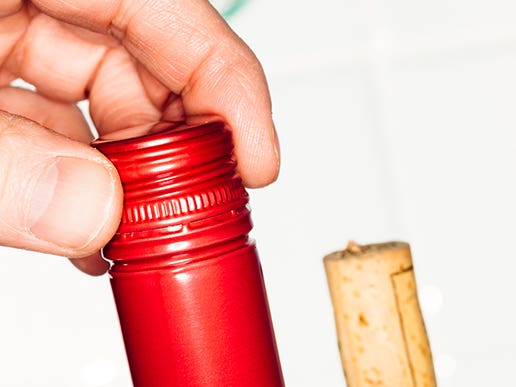

If the issue of wine aging would seem to be the cork stopper’s main advantage, you may be surprised to learn the issue is not quite so clear cut. Screw caps are not only appropriate for young wines, but several trials have demonstrated they function just as well for cellaring wine.
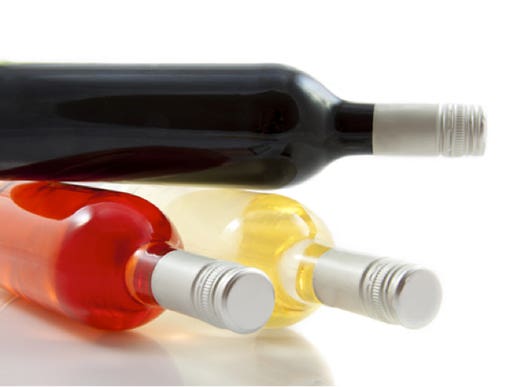

The clearest drawback for the screw cap is its appeal, or rather lack thereof, since it is far less chic than the traditional cork. Screw caps can never replicate the natural look of cork, nor the romantic notion of gently pulling the cork out of a wine that has been patiently aged in a cellar and seeing how it has been coloured by time and the wine itself.
Which closure do you prefer?
Related posts
-
Read more
The table is set, the glasses shined and all that’s left to do is to open the wine to go with the roast beef that’s been filling your house with mouth-watering aromas all day. You pop the cork and a strange smell wafts out of the bottle. And you know it’s strange because this is a wine you know by heart—one of your very favourites. Your wine is probably corked. But how does this even happen?
-
Read more
Increasingly popular screw caps versus traditional cork stoppers—which is the best way to seal wine?
 Access to SAQ Inspire personalized services and store inventories are unavailable at the moment.
Access to SAQ Inspire personalized services and store inventories are unavailable at the moment. Free in-store delivery with purchases of $75+ in an estimated 3 to 5 business days.
Free in-store delivery with purchases of $75+ in an estimated 3 to 5 business days. 

